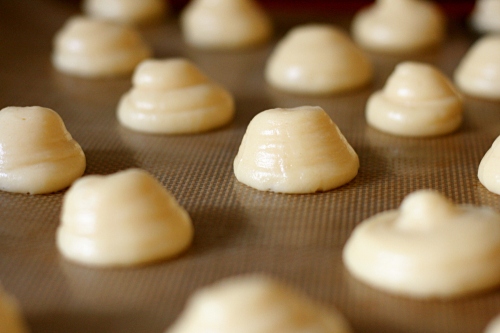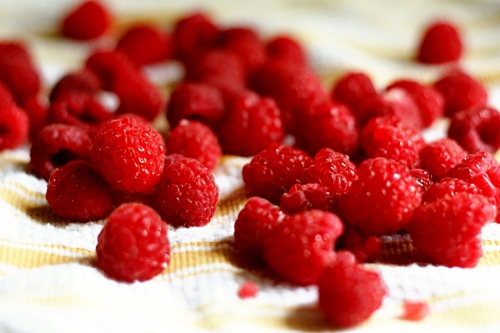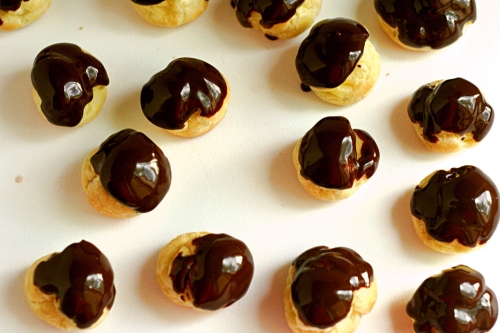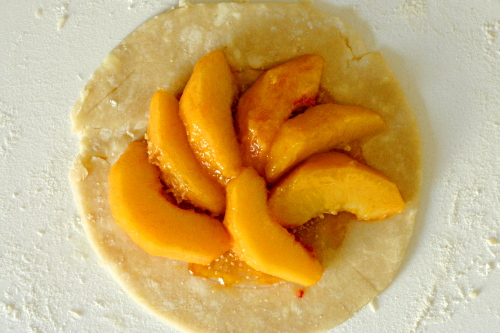I think Tuesday snuck up on a lot of the Tuesdays with Dorie members this week. I know it did for me. I’ve been holding onto last week as much as possible, with the long weekend and the holiday largely dedicated to food (oh yeah, and being thankful) and the turkey and the pie and mostly the long weekend. But going back to work yesterday made it hit me that I better get crackin’ on making this week’s recipe.
I’m glad Dennis picked a fairly simple recipe this week, so I could get the whole thing done Monday after work. Fortunately, I happened to have three bags of walnuts in the pantry that each had just a little bit left, and together made just enough ground nuts for me to make this recipe.
Some people who made the recipe before me suggested rolling out the dough thinner than Dorie’s recommended ¼-inch, so I took that advice. I’m glad I did, because I can see how that would have made some pretty thick cookies. The only other issue I had was a result of my super cheap cookie cutters, which were determined to hold onto the cut cookie dough instead of releasing it onto the baking sheet. I will be adding cookie cutters to my Christmas list.
I really enjoyed the cookies. The spice was a really nice addition, and the texture was this great tender-crisp combination. I don’t know that crisp is the right word, but they’re definitely not soft and chewy. Sablé, meaning sand, is really the right name for these cookies. I didn’t add enough jam to mine, but that wasn’t a big deal. Dave and I agreed that they’re a very nice cookie for Christmas.
You can find the recipe on Dennis’ blog.
One year ago: Crockpot Rice and Beans – I really love this meal. We’re actually having it for dinner tonight.






























































